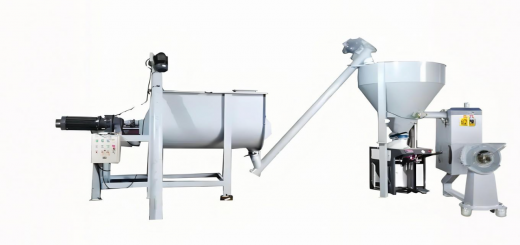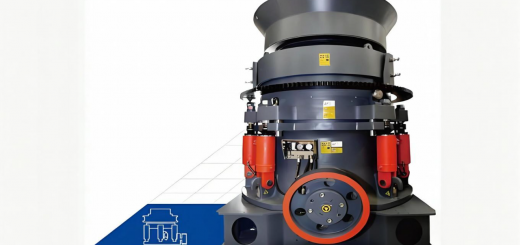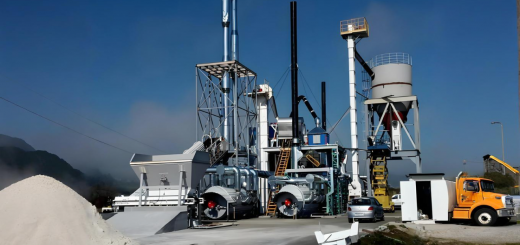Mortising Machine: Precision Joinery Solutions for Structural Woodworking

What is a Mortising Machine?
A mortising machine is specialized woodworking equipment that cuts square or rectangular cavities (mortises) into wood to receive tenons, creating strong joints for furniture, timber framing, and architectural woodwork.
Types of Mortising Machines
- Hollow Chisel Mortisers
- Combines a drill bit with a square chisel for clean, deep mortises.
- Best for: Furniture legs, door frames.
- Chain Mortisers
- Uses a chainsaw-like cutting chain for large-scale timber framing.
- Best for: Log cabins, heavy beams.
- Horizontal Slot Mortisers
- Cuts elongated mortises for adjustable shelving.
- CNC Mortising Centers
- Automated multi-axis machines for complex joinery.
Key Advantages
- Joint Strength: Creates 10x stronger connections than screws.
- Speed: Cuts mortises in 5–30 seconds vs. hours manually.
- Precision: ±0.1mm tolerance with laser guides.
- Versatility: Handles hardwoods, softwoods, and composites.
Applications
- Furniture Manufacturing: Chair/table joinery.
- Door/Window Production: Stile-and-rail joints.
- Timber Framing: Traditional mortise-and-tenon connections.
Operation Process
- Setup: Secure workpiece with hydraulic clamps.
- Depth Calibration: Adjust plunge depth (typically 10–150mm).
- Cutting: Engage chisel/chain at 2,000–5,000 RPM.
- Debris Removal: Integrated vacuum clears chips.
Innovations
- Auto-Feed Systems: Robotic arm repositioning for batch processing.
- Dust-Free Tech: Sealed cutting chambers with HEPA filters.






